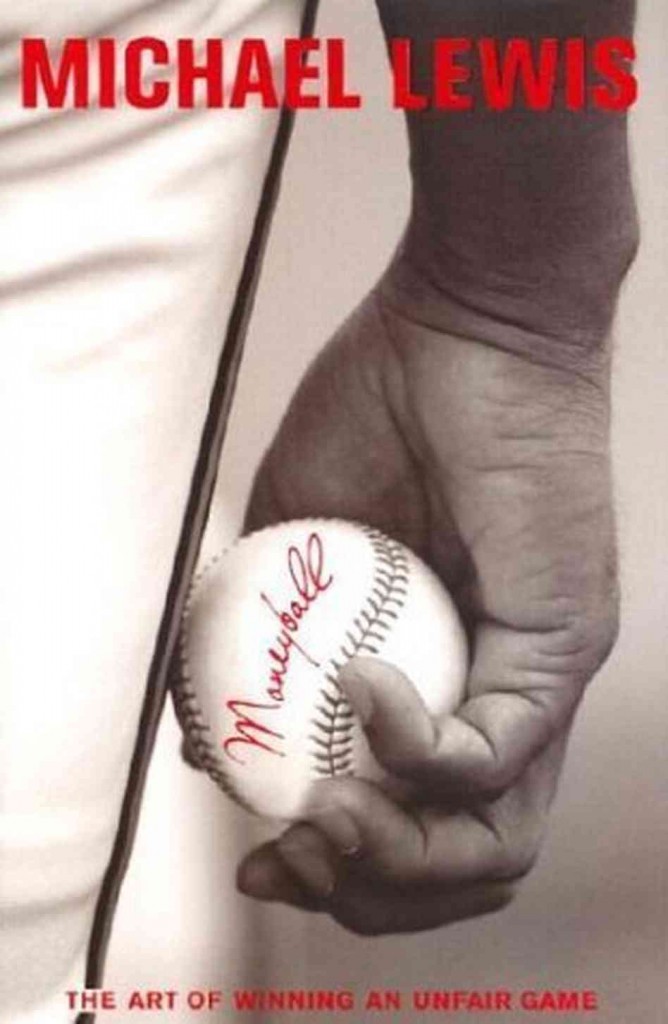Book Review: Moneyball: The Art of Winning an Unfair Game

“Moneyball” cover image from NPR
Athletic devotion. A chance for redemption. The heroic underdog. Brains working in concert with brawn. And above all else, an unprecedented 20-game winning streak that no one saw coming. All of these elements can be found in Michael Lewis’ 2004 New York Times bestseller, Moneyball: The Art of Winning an Unfair Game.
The book describes “a quest for something as elusive as the Holy Grail, something that money apparently can’t buy: the secret of success in baseball,” and in a sense, that’s true. The Oakland A’s of 2002 thought that this secret lay not with athletic superstars, high-tech gear, or rabid fan bases, but with the mundane and banal data that had slowly been piling up over years of high school, college, and pro-ball competition.
Runs batted in (RBI), batting average (BA), and on-base percentage (OBP) numbers were accounted for in the past by other scouts, but none had done so with the single-minded focus shown by Oakland General Manager Billy Beane and his right hand man Paul DePodesta, a Harvard graduate who had never played pro ball in his life.
Sabermetrics, or moneyball, is the practice of crunching copious amounts of data in an effort to build a stronger and smarter team without needing to go after the rock stars of the sport who may cost a team millions. This method holds that the skill of individual players aren’t what makes or breaks a team; in the long run, the goal is to make sure that each necessary skill is accounted for, whether by one player or four. The team will work like a clock, with each cog serving its own purpose (no matter how hopeless they may be at another area).
So, while the New York Yankees went after big name players, Billy Beane sought out undervalued players like Jeremy Brown, a catcher with an arm that wouldn’t quit and an astonishing two-year record of 390 at bats, 98 walks, 38 strikeouts, and 21 home runs…who also happened to weigh in at 210 pounds. Because other teams weren’t able to see past these physical or performance flaws, the A’s were able to scoop the players up for a fraction of their true worth, enabling Beane to craft a well-honed team while staying within his meager budget.
And meager it was. In 2002, the Oakland A’s were operating on a payroll of about $40 million for the entire season. Sounds like a lot, but not when you consider the Yankees’ payroll budget of $126 million and the average big league salary of $2.3 million. The A’s could never have afforded these players, but by relying on sabermetrics, they didn’t have to.
Lewis’ book is a cultural phenomenon for a reason: It takes America’s favorite pastime and tweaks it in a way that relies on strategy and logic, instead of just instinct. Finally, your team’s winning season stands a chance of being quantified for future replication. The feelings and emotions Moneyball generates are timeless, but the story itself is set at a very specific time—the moment in baseball where managers and scouts started to awaken to the idea that analysis of past performance—even in one specific skillset—could be just as effective as signing the big name player of the moment.

